
medium.jpeg from: https://www.inaturalist.org/taxa/167482-Pseudocrossidium-revolutum
Introduction
In the vast and captivating world of bryophytes, one tiny moss stands out as a true marvel – the
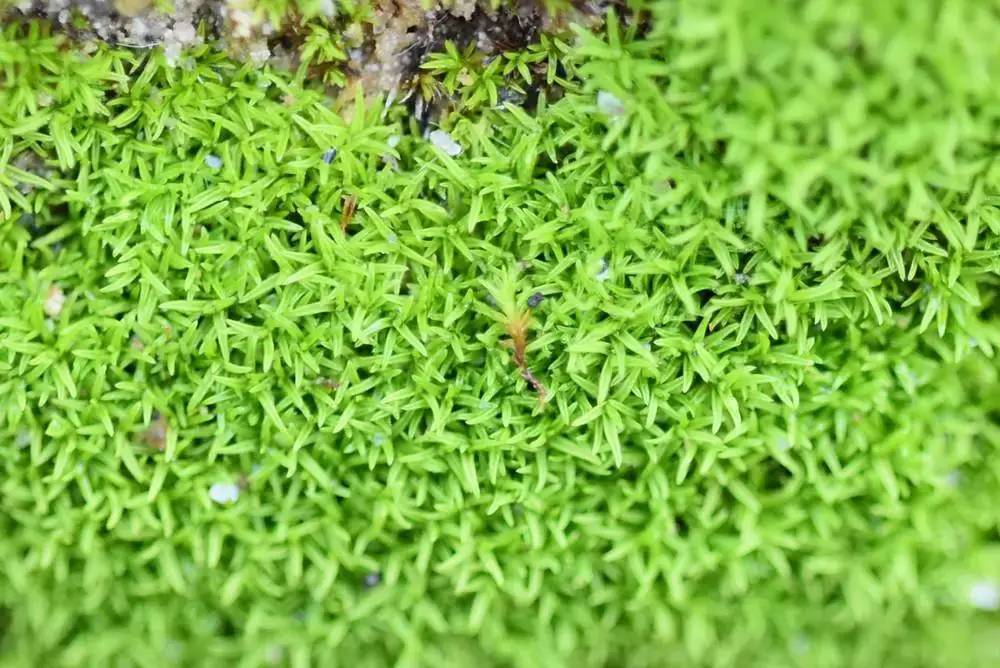
45993767.jpg from: https://waarneming.nl/waarneming/view/232671807?_popup=1
Pseudocrossidium revolutum (Brid.) R.H.Zander. This unassuming yet resilient species, belonging to the Pottiaceae family, is commonly referred to as Pseudocrossidium. Despite its diminutive size, this moss packs a punch, playing a crucial role in various ecosystems and captivating the hearts of bryologists and nature enthusiasts alike.
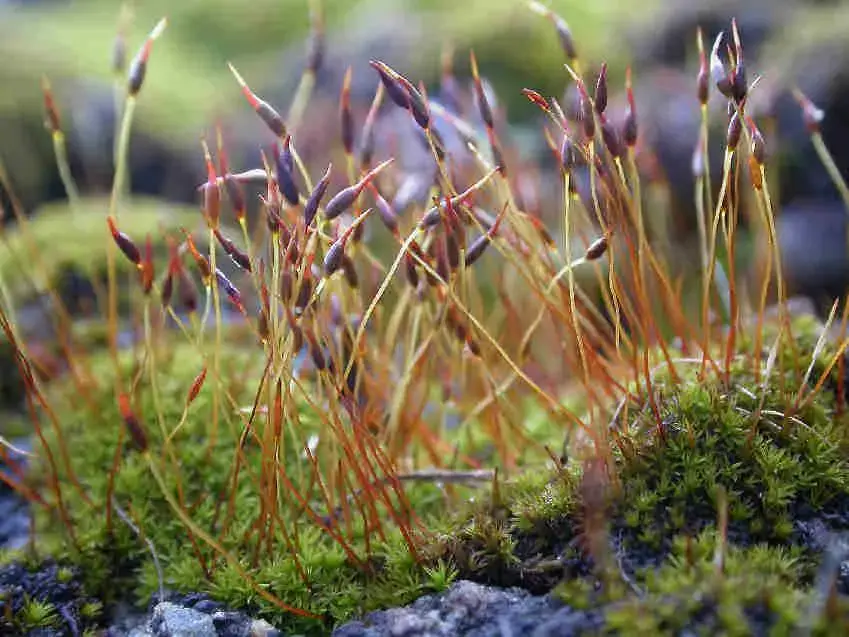
Pseudocrossidium_revolutum_008.JPG from: https://cisfbr.org.uk/Bryo/Cornish_Bryophytes_Pseudocrossidium_revolutum.html
Background
Before delving into the intricacies of this fascinating moss, let’s set the stage with a brief background. Bryophytes, a group that includes mosses, liverworts, and hornworts, are among the oldest land plants on Earth. These ancient organisms have been around for over 400 million years, predating even the dinosaurs. They are often overlooked due to their small stature, but their importance in the natural world cannot be overstated.
Main Content
Morphology and Identification
The Pseudocrossidium revolutum is a true master of camouflage, blending seamlessly into its surroundings. Its gametophyte (the haploid, gamete-producing phase) forms dense, cushion-like tufts or mats, ranging in color from vibrant green to golden-brown. The sporophyte (the diploid, spore-producing phase) is characterized by a slender seta (stalk) topped with a capsule that houses the spores.
One of the key identifying features of this moss is its twisted and revolute leaves, which give it its distinctive name. These leaves are tightly coiled when dry, but upon hydration, they uncoil and reveal their intricate cellular structure, making them a delight to observe under a microscope.
Global Distribution and Habitat
The Pseudocrossidium revolutum is a true globetrotter, found on every continent except Antarctica. It thrives in a wide range of habitats, from arid deserts to temperate forests, and even urban environments. This moss is a true survivor, able to withstand extreme conditions such as drought, high temperatures, and nutrient-poor soils.
Ecological Roles and Adaptations
Despite its small size, the Pseudocrossidium revolutum plays a vital role in various ecosystems. It acts as a pioneer species, colonizing bare or disturbed areas and paving the way for other plants to establish themselves. Additionally, this moss contributes to soil formation and stabilization, helping to prevent erosion.
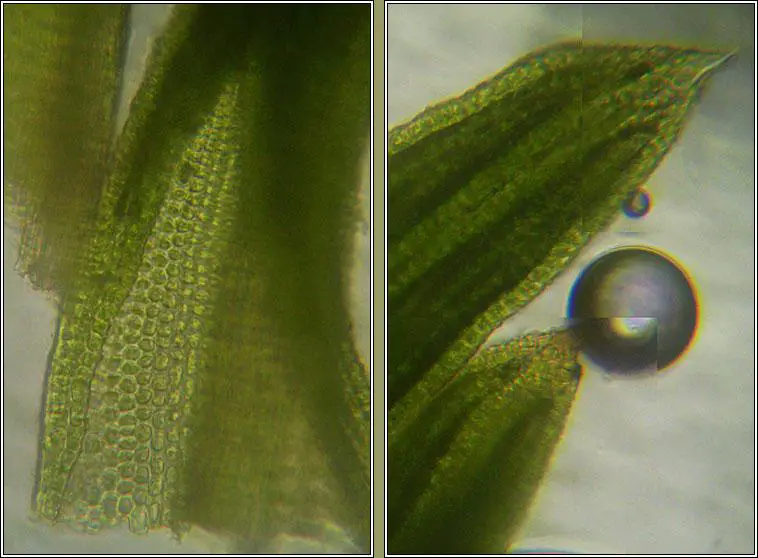
br-145a8.jpg from: https://www.dorsetnature.co.uk/pages-bry/br-145.html
One of the most remarkable adaptations of this moss is its ability to enter a state of desiccation tolerance, allowing it to survive prolonged periods of drought. When conditions become unfavorable, the moss essentially shuts down its metabolic processes and enters a dormant state, only to spring back to life when water becomes available again.
Case Studies/Examples
The Pseudocrossidium revolutum has been the subject of numerous scientific studies, shedding light on its unique characteristics and adaptations. For instance, researchers have investigated its ability to colonize and thrive in urban environments, making it a potential bioindicator for air pollution levels.
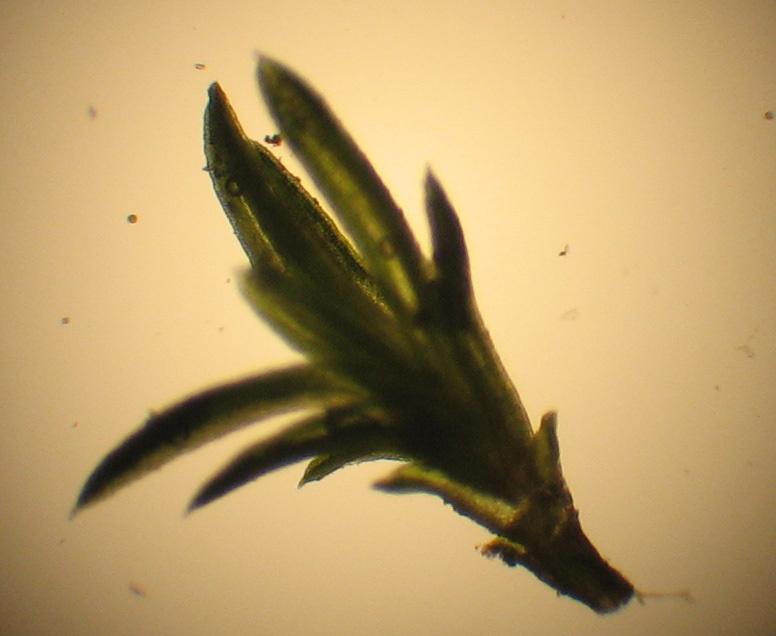
2947462.jpg from: https://waarnemingen.be/species/17555/
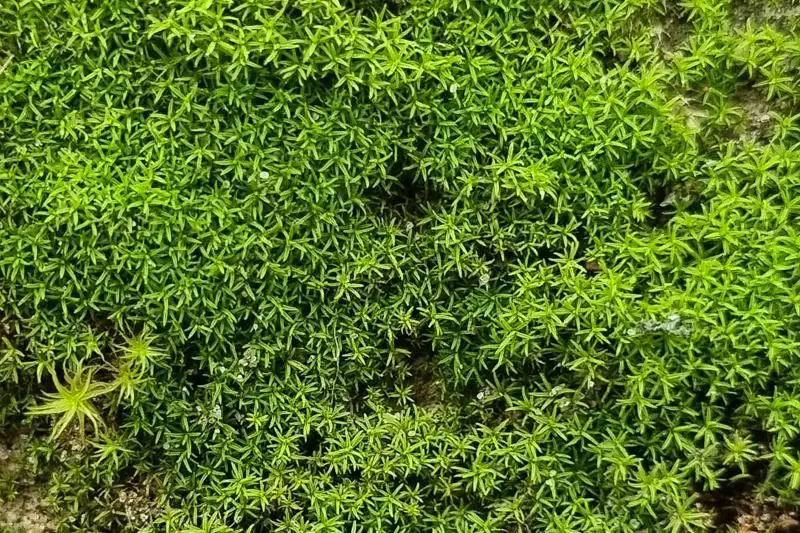
45948965.jpg from: https://waarneming.nl/waarneming/view/232522847?_popup=1
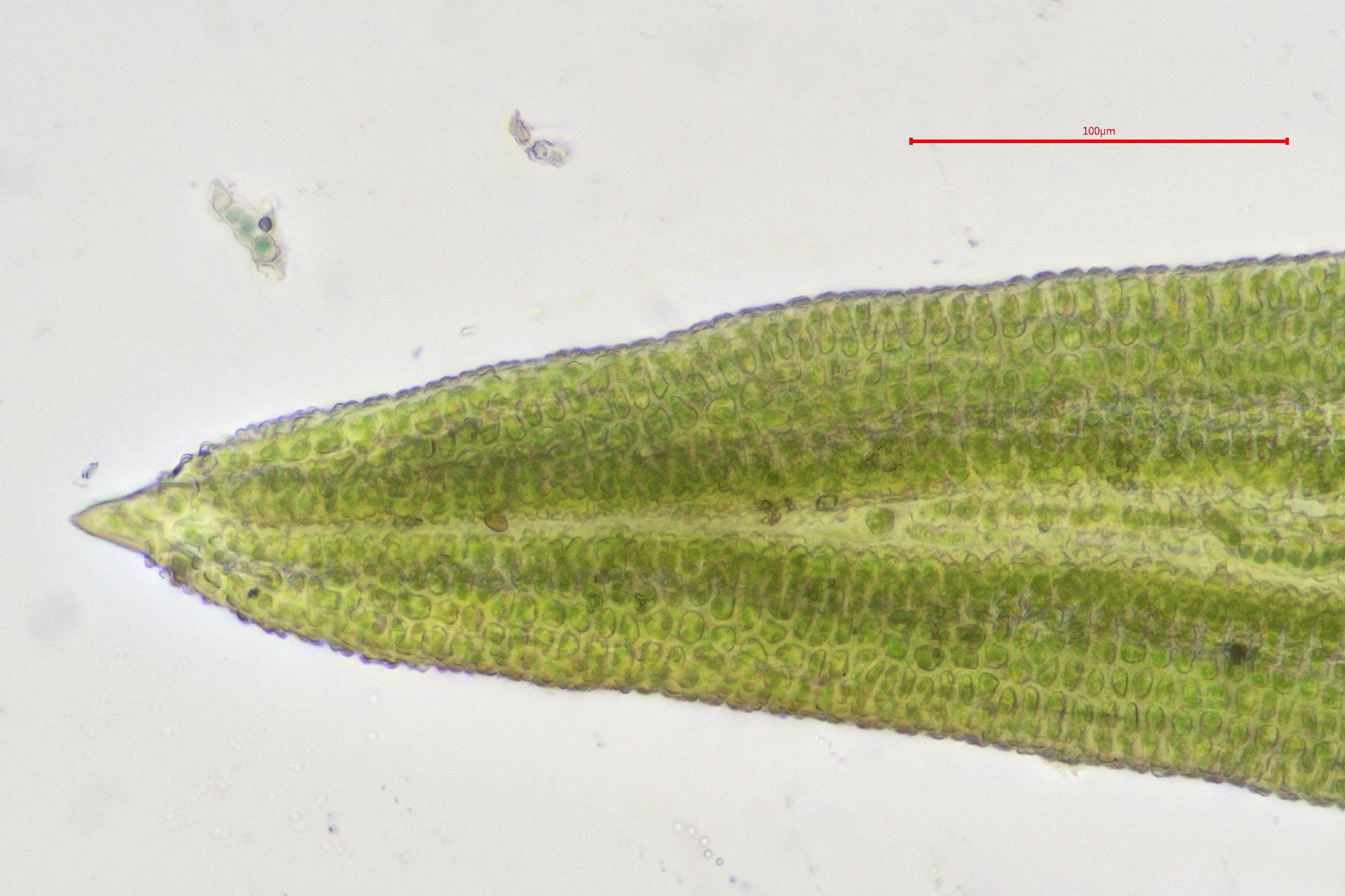
2021-11-27-16-41-23.jpg from: https://www.britishbryologicalsociety.org.uk/learning/species-finder/pseudocrossidium-revolutum/
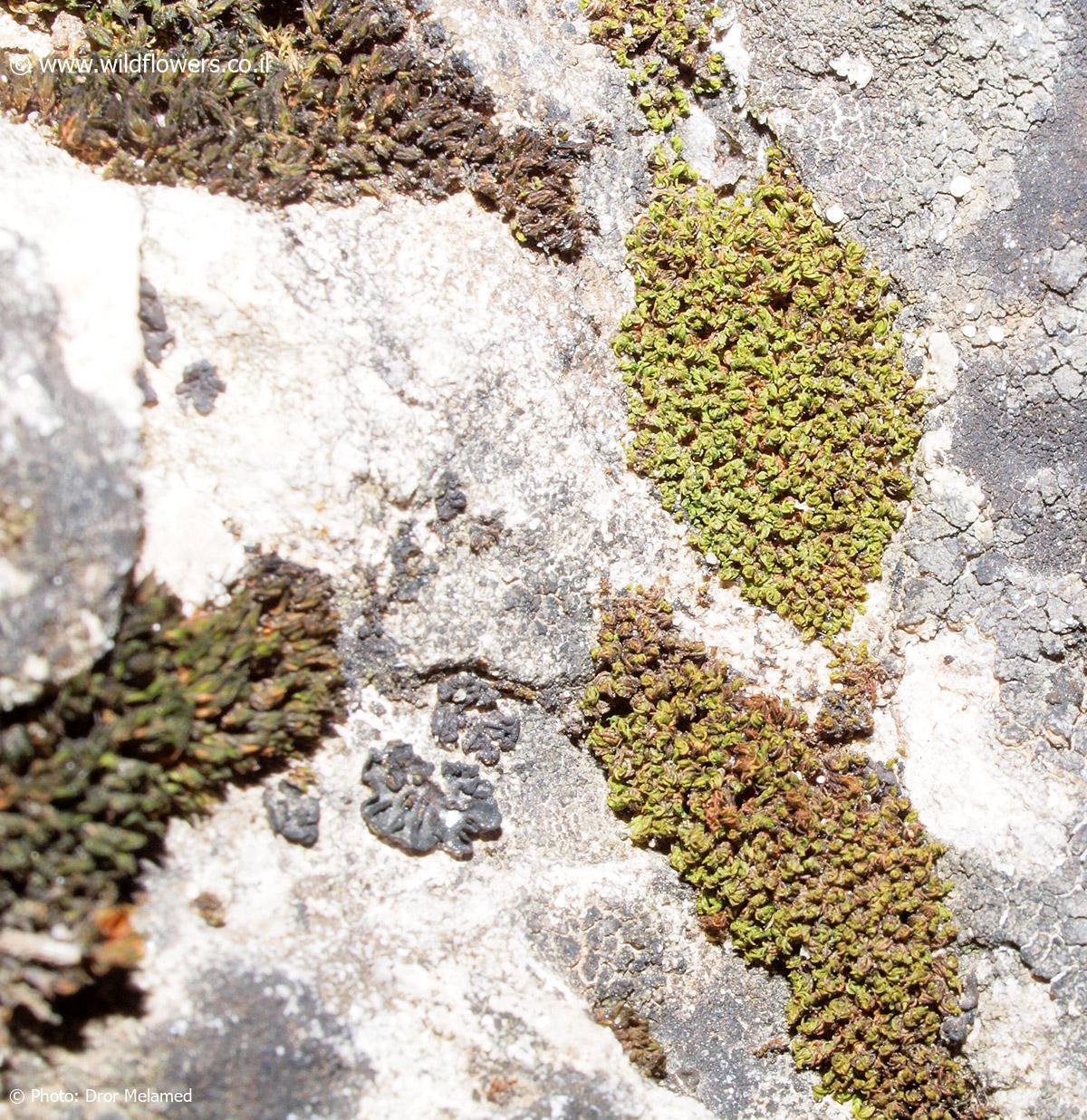
2330-l.jpg from: https://www.wildflowers.co.il/hebrew/picture.asp?ID=13316
| Property | Value |
|---|---|
| Family | Pottiaceae |
| Genus | Pseudocrossidium |
| Species | revolutum |
| Authority | (Brid.) R.H.Zander |
| Common Name | Pseudocrossidium |
| Phylum | Bryophyta |
| Class | Bryopsida |
Conclusion
The Pseudocrossidium revolutum (Brid.) R.H.Zander is a true testament to the resilience and adaptability of bryophytes. This unassuming moss has captured the hearts of enthusiasts worldwide, reminding us that even the smallest organisms can have a profound impact on our planet. As we continue to explore and appreciate the wonders of the natural world, let us ponder this thought-provoking question: What other secrets and marvels might be hidden in plain sight, waiting to be discovered and celebrated?
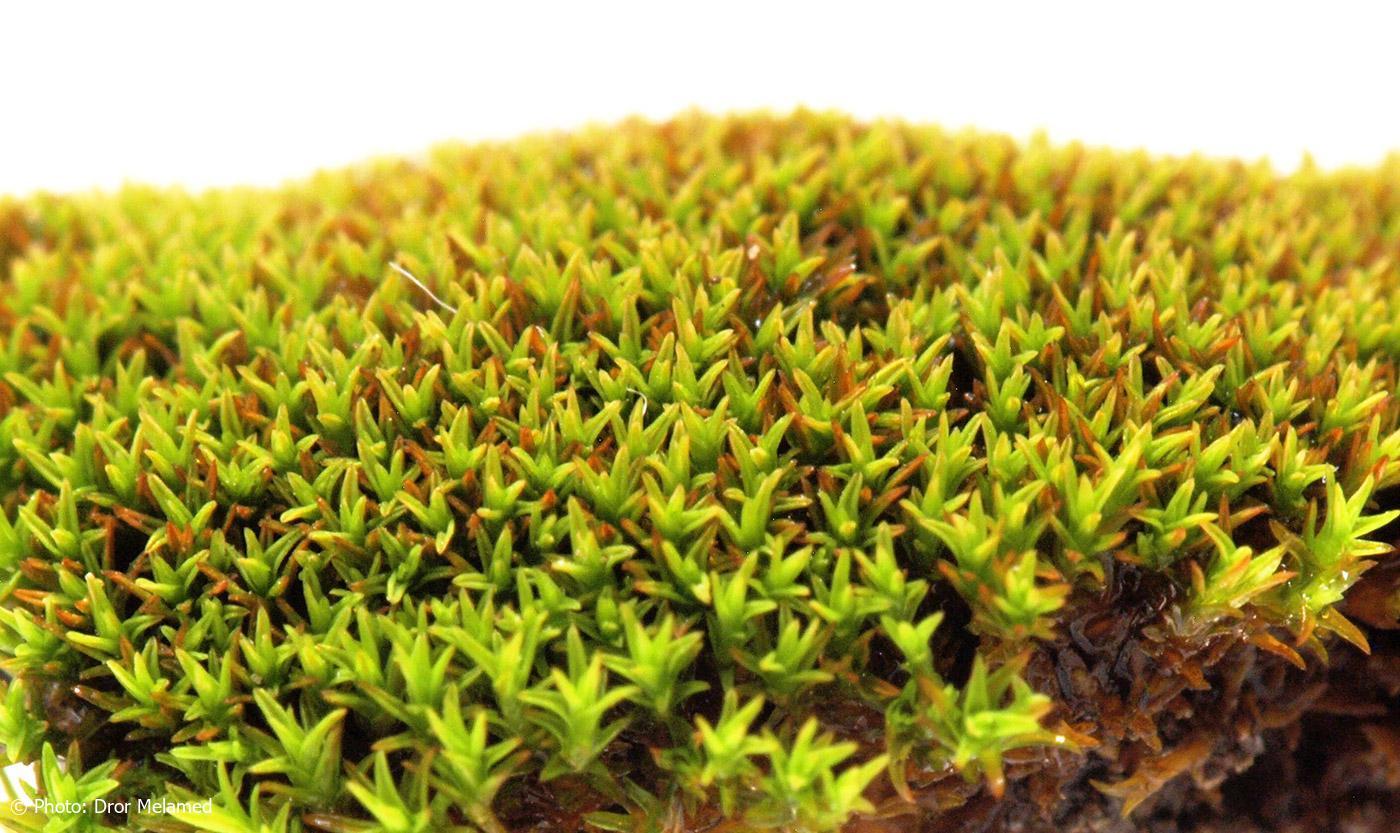
2330-l-3.jpg from: https://www.wildflowers.co.il/hebrew/picture.asp?ID=13319
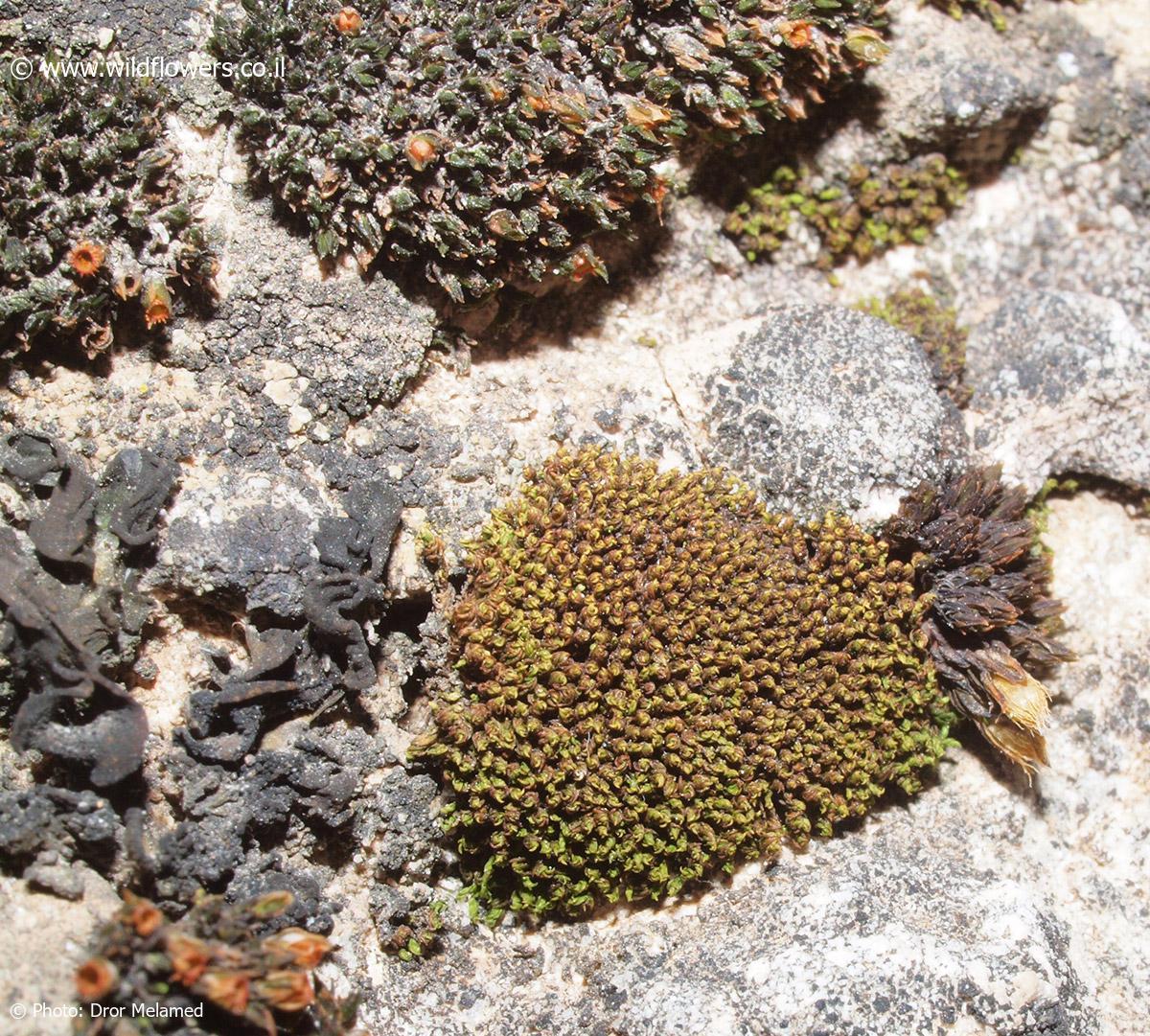
2330-l-1.jpg from: https://www.wildflowers.co.il/hebrew/picture.asp?ID=13317